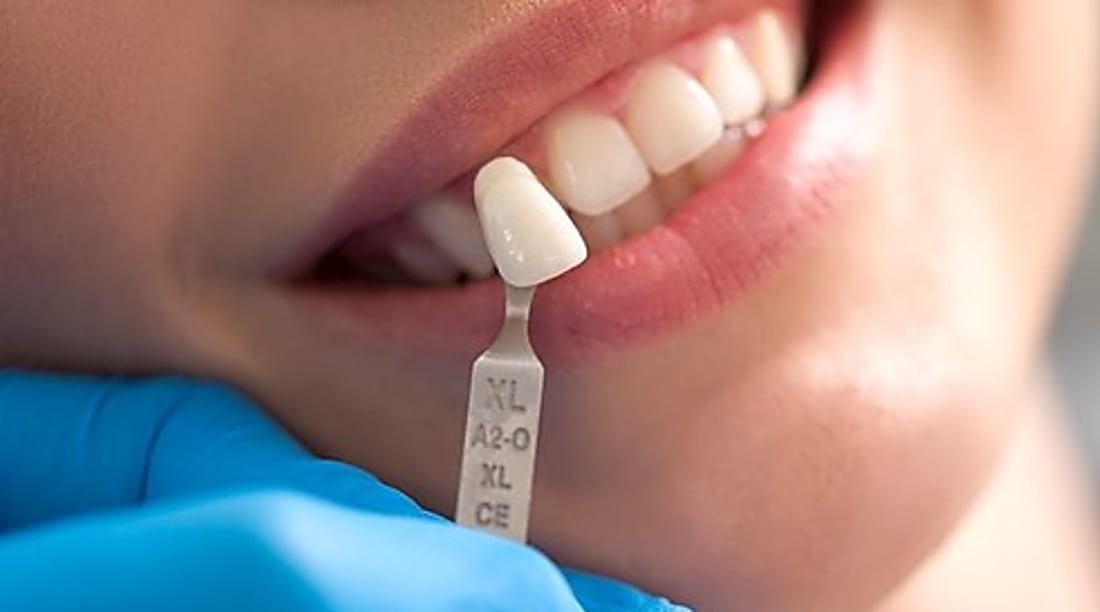Discover the Future of Dental Implants: Screwless Solutions for Everyone
Dental technology continues to evolve at an impressive pace, with screwless dental implants representing one of the most significant advancements in recent years. These innovative tooth replacement options offer patients new possibilities for restoring their smiles with less invasive procedures, faster healing times, and often more comfortable experiences compared to traditional implant systems.

Dental implants have revolutionized tooth replacement, providing patients with durable, functional, and aesthetically pleasing solutions for missing teeth. Traditional dental implants typically involve titanium screws surgically placed into the jawbone. However, dental technology continues to advance, and screwless dental implant systems are emerging as an exciting alternative that addresses some limitations of conventional approaches.
What Are Screwless Dental Implants?
Screwless dental implants represent an innovative approach to tooth replacement that differs significantly from traditional implant systems. Unlike conventional implants that require screws to secure the prosthetic tooth to the implant base, screwless systems utilize alternative attachment methods. These typically include friction-fit connections, magnetic attachments, or specialized locking mechanisms that eliminate the need for screws.
The design of screwless implants often features a one-piece structure rather than the traditional two or three-piece systems. This simplified architecture can reduce potential points of failure while creating a more seamless connection between the implant body and the prosthetic crown. Some systems also incorporate unique surface technologies that enhance osseointegration—the process by which the implant fuses with the surrounding bone.
Why Are Screwless Implants Becoming a Popular Choice?
The rising popularity of screwless dental implants can be attributed to several key advantages they offer over traditional screw-based systems. First, the absence of screws eliminates the risk of screw loosening or fracture—common complications with conventional implants that can lead to implant failure and additional procedures.
Patients often report less post-operative discomfort with screwless systems, as the installation process typically involves less trauma to surrounding tissues. The simplified design also means fewer components that could potentially harbor bacteria, potentially reducing the risk of peri-implantitis (inflammation around the implant).
For dentists, screwless systems can streamline the implant procedure, reducing chair time and potentially lowering costs. The elimination of small components like screws also simplifies the restoration process, making it more predictable and less technique-sensitive.
Benefits of Screwless Dental Implant Technology
Screwless dental implants offer numerous benefits that make them an attractive option for both patients and dental professionals. The absence of micro-gaps between components—which exist in traditional screw-retained systems—can reduce bacterial colonization and subsequent inflammation. This may contribute to better long-term implant health and stability.
The design of screwless systems often allows for immediate or early loading, meaning patients can receive their prosthetic teeth sooner after implant placement. This shortened treatment timeline improves patient satisfaction and quality of life by reducing the period spent without teeth.
Aesthetically, screwless implants can provide superior results in some cases. Without access holes for screws, the prosthetic crowns can be designed with uninterrupted porcelain surfaces, creating more natural-looking restorations, especially in the visible anterior region of the mouth.
Who Is a Good Candidate for Screwless Dental Implants?
While screwless dental implants offer numerous advantages, they aren’t universally appropriate for all patients. Ideal candidates typically have adequate bone volume and density to support the implant. However, some screwless systems are specifically designed for patients with compromised bone quality, potentially expanding the pool of eligible recipients.
Patients with a history of bruxism (teeth grinding) should be evaluated carefully, as excessive force can compromise any implant system. Similarly, those with active periodontal disease should have their condition stabilized before implant placement.
Specific medical conditions, including uncontrolled diabetes and certain autoimmune disorders, may affect healing and osseointegration. A comprehensive evaluation by a dental professional experienced with screwless implant technology is essential to determine candidacy and develop an appropriate treatment plan.
Comparing Screwless and Traditional Dental Implant Systems
Understanding the differences between screwless and traditional implant systems can help patients make informed decisions about their tooth replacement options.
| Feature | Traditional Screw-Based Implants | Screwless Implants |
|---|---|---|
| Component Design | Multi-piece system with screws | One-piece or screw-free connection |
| Surgical Complexity | May require multiple surgeries | Often single-stage procedure |
| Treatment Timeline | 3-6 months typical | Potentially shorter, some allow immediate loading |
| Maintenance Requirements | Periodic screw tightening may be needed | Generally less maintenance required |
| Average Cost Range | $3,000-$5,000 per implant | $3,500-$6,000 per implant |
| Longevity | Well-documented 10+ year success rates | Promising but less long-term data available |
Prices, rates, or cost estimates mentioned in this article are based on the latest available information but may change over time. Independent research is advised before making financial decisions.
The Future of Screwless Dental Implant Technology
The field of screwless dental implants continues to evolve rapidly, with ongoing research focused on improving materials, connection mechanisms, and surface technologies. Some manufacturers are exploring biodegradable components that could further simplify the implant structure while promoting natural tissue regeneration around the implant site.
Digital dentistry is increasingly integrated with implant technology, allowing for precise treatment planning through cone beam computed tomography (CBCT) and computer-aided design/computer-aided manufacturing (CAD/CAM). These technological advances enable more predictable outcomes with screwless systems, as the exact positioning and angulation of implants can be determined before surgery.
As more long-term clinical data becomes available, screwless implant systems will likely continue to gain acceptance and possibly become the standard of care for certain clinical situations. Their simplified design aligns with the trend toward minimally invasive dentistry and patient-centered approaches to oral healthcare.
The evolution of screwless dental implants represents a significant advancement in implant dentistry. By addressing some limitations of traditional screw-retained systems, these innovative solutions offer patients and practitioners additional options for achieving optimal functional and aesthetic outcomes. As with any dental procedure, consultation with a qualified professional is essential to determine the most appropriate implant system based on individual needs, anatomical considerations, and treatment goals.
This article is for informational purposes only and should not be considered medical advice. Please consult a qualified healthcare professional for personalized guidance and treatment.



